Are the details of the standalone function worth it?
A common wisdom recommend to avoid the trap of UML as graphical programming language. Things that are easier expressed in code and easy to understand by readers better stay as code. Prefer to use UML to give the big picture, and explain complex relationships that are less obvious to spot in the code.
Automate obvious documentation?
Manually modelling a very precise sequence diagram is time consuming. Moreover, such diagram is quickly outdated with the next version of code.
Therefore, if your interest is to give an overview on how the function relate to each other, you may be interested to provide instead a visual overview using a simpler call graph. The reader can grasp the overall structure easily and look for more details in the code:

The advantage is that this task can be automated, using one of the many call graph generators available on the market (just google for javascript call graph generator to find some). There's by the way an excellent book on further automating documentation, that I can only recommend with enthousiasm: "Living Documentation: Continuous Knowledge Sharing by Design, First Edition"
If you have to set the focus on the detailed chronological sequencing of the calls a call graph would however not be sufficient. In this case, the sequence diagrams may then indeed be more relevant.
UML sequence diagrams with standalone functions?
A sequence diagram shows interactions between lifelines within an enclosing classifier. Usually a lifeline is used to represent an object, i.e. an instance of a class, but its definition is flexible enough to accommodate with any participant in an interaction.
Individual standalone functions can moreover be considered as individual objects that instantiate a more general class of functions (that's the concept behind a functor, like C++ std::function). This is particularly relevant in javascript where functions can be assigned to variables or used as parameters. So you may just use a lifeline that clarifies this. Up to you to decide how you will name the call message (e.g. operator()(a,b,c) or using its real name for readability ? ):

You can also group a bunch of related standalone functions into a pseudo-class that would represent in your model a module, compilation unit or namespace. Although a module is not stricto sensu an object, you may in your modeling deal with it as if it was a class with only one (anonymous) instance (i.e. its state would be the global variables defined in the module scope. The related standalone functions could be seen as operations of this imaginary class). The lifeline would correspond to a module, and function calls would be represented as synchronous messages either to another module or a message to itself with nested activation to visualise the “nested” calls.

